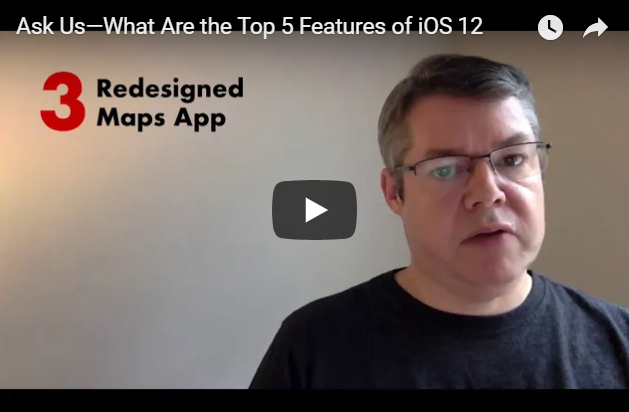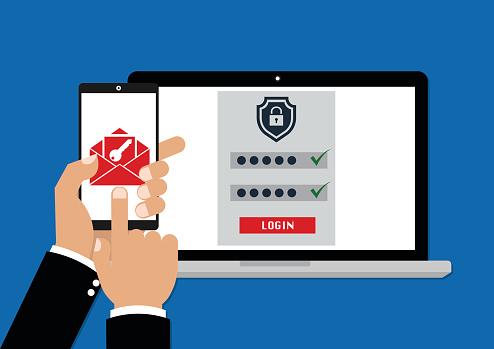In the past, the proposal management process has been plagued by different data sources, manual methods, and a lack of collaboration across groups, despite the rise of industrial lending. Microsoft has built a solution for the Microsoft 365 platform known as Proposal Manager. Proposal Manager has advanced features, functions, and custom apps, which permits the streamlining of the corporate lending loan origination process.

What Makes Microsoft Proposal Manager Different?
Lenders who are struggling with their loan processes wind up with missed lending opportunities, dissatisfied customers, and employees burdened by highly manual and frequentative methods. Without digitization, banking executives estimate that their staff still spends more of their time on repetitive and manual tasks.
A recent Capgemini study confirms that back-office commercial bank employees do spend about 80 percent of their time on manual and repetitive tasks. That same study also cites that by automating data-intensive and repetitive tasks, automation will provide more than 25 percent in expenditure savings. With automating, your employees would have their time freed up to tackle other revenue-generating projects.
Microsoft’s Proposal Manager is the solution that helps kick-start the transformation lenders, like you, need to complete more lending cycles, without compromising on risk assessments, and to remain disciplined in a competitive market. Built on Microsoft 365, Proposal Manager is fully customizable, so lending teams can easily create professional winning proposals, streamline and accelerate the process, and improve productivity and teamwork.
How Does Microsoft Proposal Manager Work?
Let’s assume you are a loan officer for a corporate or commercial bank. And you are using the Proposal Manager to assemble and collaborate with your deal team, and you want to create a proposal for a prospective client.
With the proposal manager, you can guarantee the deal team captures client needs, even if they are on the go. That keeps the proposal moving forward from anywhere by incorporating:
- Team members who have a deep understanding of the client and Legal and Compliance teams can still manage risk and compliance processes
- You can quickly engage people with the right expertise. You can build a detailed workflow with vital tasks for content owners. You can then schedule built-in tracking and notifications. That makes it easy to keep the proposal progress moving seamlessly. As for meeting tight deadlines; risk and compliance approval processes are simplified with the pre-built workflows checklists. You also can now link document repositories to the to-do items.
Is It Possible To Collaborate or Co-Author The Proposal Draft?
Yes. In the past, proposal manager data fragmentation made it very difficult for loan officers and their teams to be agile, accurate, and compliant. But now, they can secure final sign-offs to present the formal commitment letter, and record the client’s decision.
It is easier to collaborate and co-author the draft proposal. You would assign sections of content to the expert on the team ensuring essential tasks are completed on time and securely. They can seamlessly edit, iterate, and track proposal content across the group while providing the completeness and consistency of the documentation.
With pricing, risk, and proposal terms and conditions, the proposal drafting process harnesses disparate data through links to external sources such as market data so that the content in the document is always up to date.
Is Proposal Manager Customizable?
Yes. Microsoft’s Proposal Manager solution comes customizable. It is adaptable for your enterprise development team, so your lending team can:
- Create professional, winning proposals easily — You can save time, present professional commitment letters, and sharpen creativity, to improve credit risk management and increase win rates.
- Streamline proposal management—Simplify the corporate and commercial loan origination process. Using automated, integrated, and secure tools for document management; allowing you to direct, team collaboration and workflows. Bank managers can facilitate frequentative proposal negotiations. They can help expedite credit committee approvals, empower relationship managers on the go, and guarantee version consistency.
- Improve collaboration and teamwork—Respond to proposals collaboratively and quickly with connected, company-wide communications and collaboration tools. Keep the proposal process moving seamlessly by collaborating and sharing in real-time, while meeting tight deadlines. Lead whiteboarding sessions and proposal reviews with enterprise-class video, voice, and email.
Final Thoughts
Microsoft 365 E3 and E5 customers now have access to Microsoft Proposal Manager solution. It’s integrated across existing Microsoft 365 workloads. It helps you transform your proposal process into a secure, collaborative, agile, and client-centered process without requiring significant IT involvement for deployment.
If you are a loan officer or sales manager, you can download the Proposal Manager brochure. After you’ve downloaded the material, get with your IT support and development team in understanding more about how the solution can help you and your team. The impact Proposal Manager would have for your firm is significant.
Did you find this article informative? If you liked this one, check out our other content we think you’ll find interesting.


















